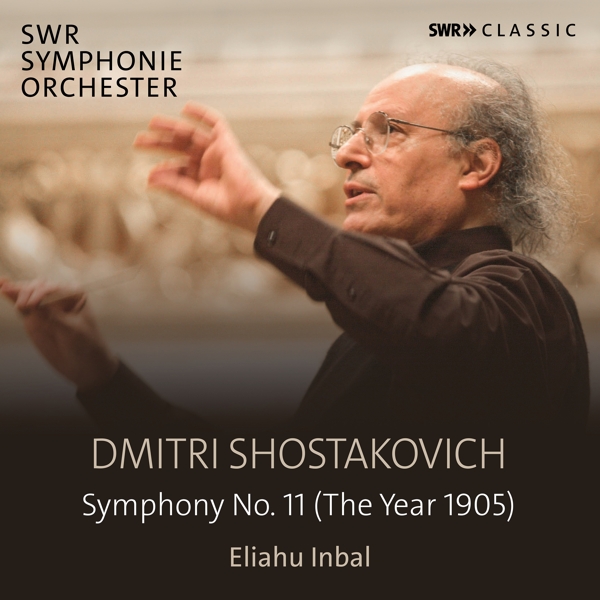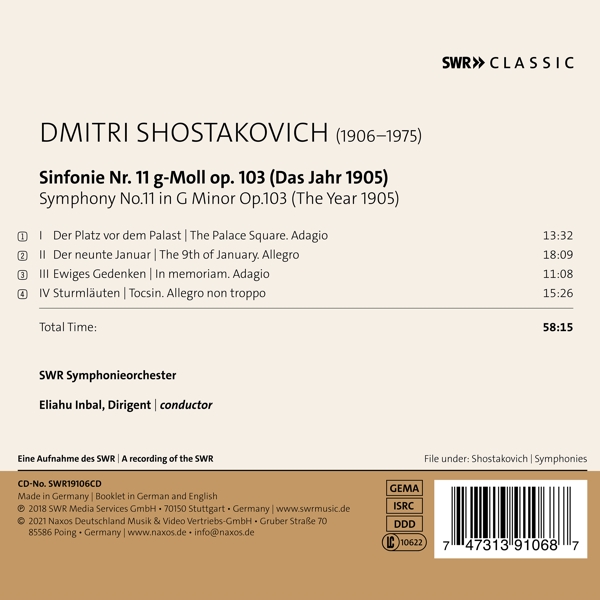Accessories |
My Account
|
Log In
|
English |
€ Euro |
Advanced Search
|
All Categories
BEST SELLER
500
NEW RELEASES
11.167
SPECIALS
237.742
Your search:
No selection
Filter results:
TECHNICS
287.000
GAMES/SOFTWARE
27.083
MUSIC
705.422
Other Classic
3.955
Symphonic Music
12.919
|
Music Movie Audiobooks Merchandise Children's |





















